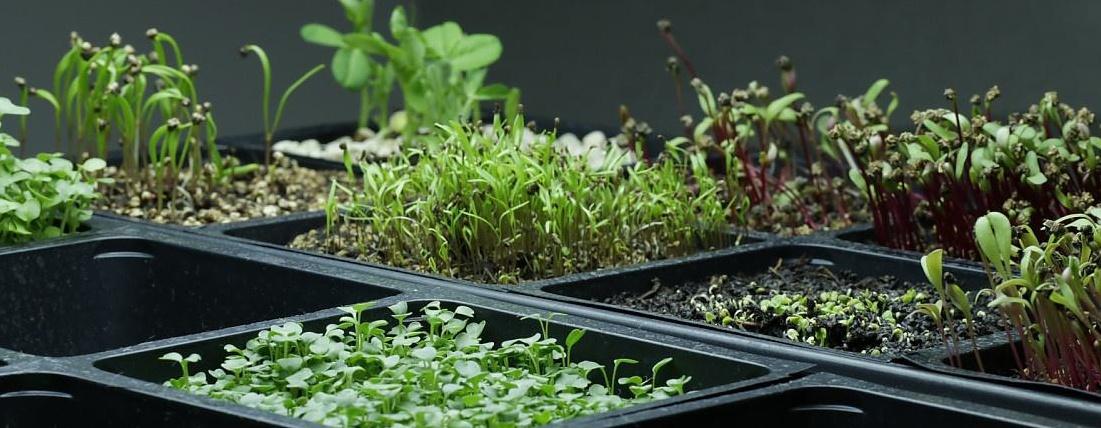Have You Ever Wanted To Grow Microgreens Or Sprouts?
You’ve probably heard of microgreens and you’ve most likely eaten sprouts, but have you ever had the desire to try and grow them?
Modern Gardener set out on a microgreen and sprout growing experiment to find out as much as we could about growing these tasty, little greens. We wanted to find out how easy (or difficult) the process could be, what materials are needed, how long it takes, what can be grown and sprouted, and finally, what they taste like, and what they taste good with.
Along our journey, we met some interesting folks and learned a lot about microgreens, sprouts, and seeds. This is the first of a three-part mini-series on growing microgreens and sprouts, so click on the links at the bottom of this blog to see parts two and three.
The biggest takeaways? It’s so easy and fun to grow microgreens and sprouts! The list of items needed (see below) is short and relatively cheap. You can do this on your kitchen counter or window seal, and we think kids would have fun joining in on the project. They’re also packed with nutrients and are the perfect addition to a sandwich, your favorite brunch eggs, or as a light and zesty side to a warm dinner.






